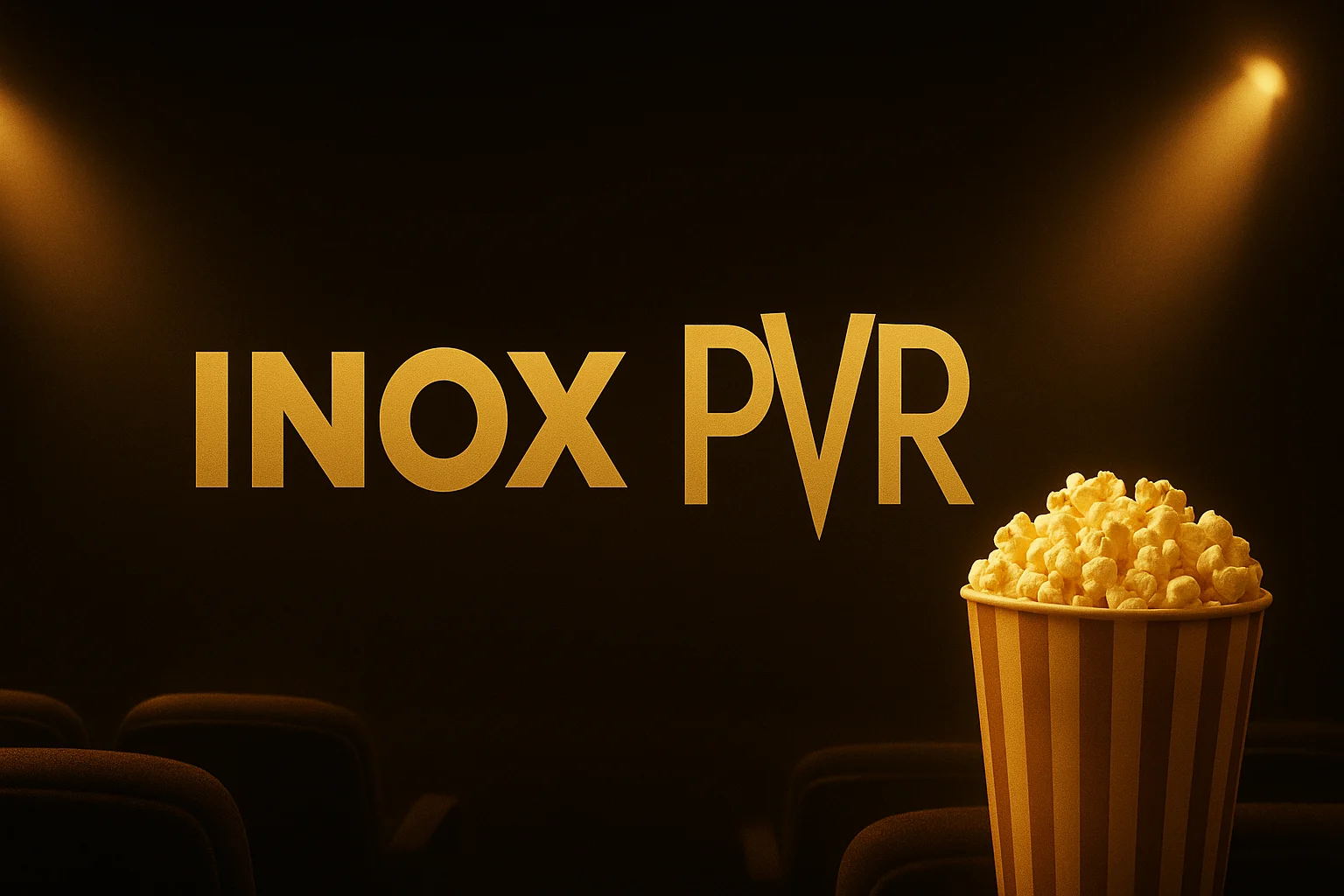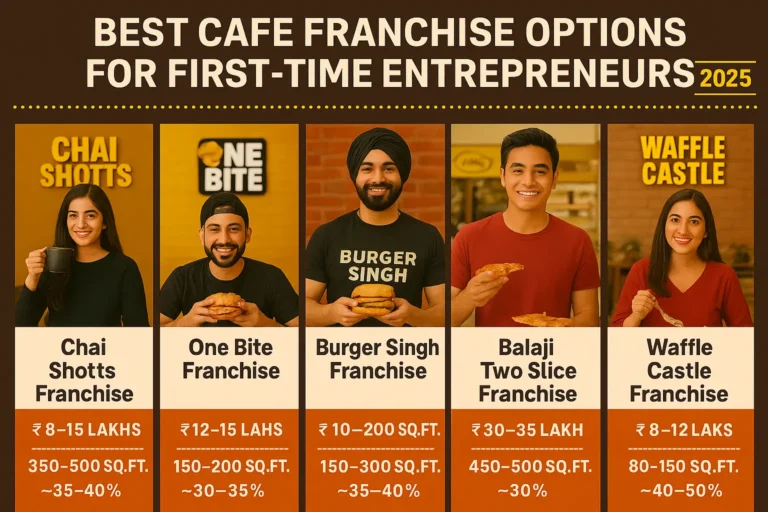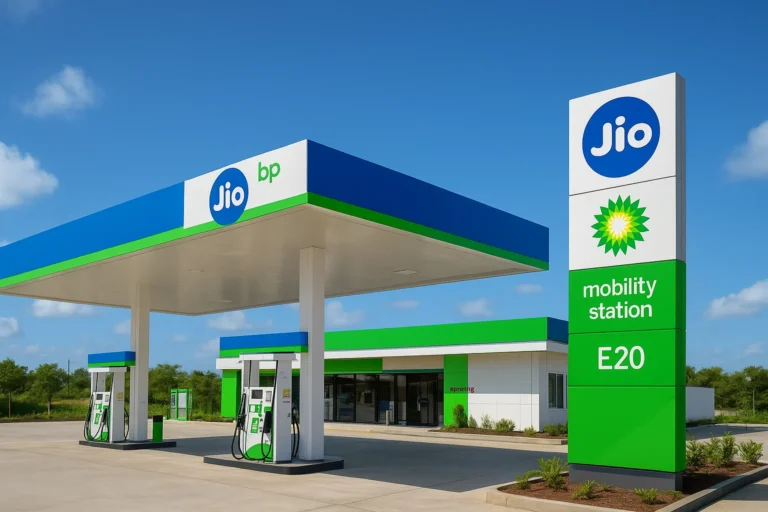An in-depth look at recent developments, business strategy, innovation, and what investors and franchise partners should watch.
1. The Current Terrain: News & Key Developments
- Return to Profitability in Q3 FY25: After a challenging stretch (especially post-merger and during weak film slates), PVR INOX posted a consolidated net profit of ~₹35.9 crore in Q3 FY25, up from ~₹12.8 crore year-ago.
- Box Office Drivers: Films like Pushpa 2: The Rule (which contributed heavily to the box office), Bhool Bhulaiyaa 3, Singham Again, and strong Hollywood releases helped drive footfall and revenues in the festive periods.
- Expansion & Screen Addition Plans: The company is investing around ₹350-400 crore to add ~200 new screens over the next two years. In FY26 itself, ~100 screens are targeted, with about 40% of those in South India.
- Rationalization of Underperforming Assets: To improve profitability, PVR INOX Franchise is winding down ~60-70 non-performing screens in FY25. It’s also looking to monetize non-core real estate in prime cities like Mumbai, Pune, and Vadodara.
2. Deep Dive / Case Study: The Merger Integration & Strategic Pivot
Background
PVR and INOX merged in February 2023 to form India’s largest cinema-exhibition company. The idea was to combine strengths: wider screen network, better bargaining power with content owners, improved operational efficiencies, and more scale for innovation.
What’s Changed, What’s Working
- Branding and Identity: While existing screens retain their original PVR or INOX brand, new multiplexes open under “PVR INOX”. This hybrid approach helps retain customer loyalty and local identity.
- Operational Synergies: Cost rationalization, higher average ticket prices, increase in food & beverage spend per customer. Staff rationalization, renegotiation of rental leases, closing poorly performing units – all steps toward improving margin.
- FOCO / Asset-Light Models: To reduce capital burden, PVR INOX is pushing more screens under franchise-owned, company-operated (FOCO) and “asset-light” formats, including cases where much of the capex is provided by the developer. This lets them scale faster with lower capital risk.
Challenges
- Weak Film Slates & Urban Demand: In periods where there are fewer blockbuster releases (particularly in Bollywood), revenue takes a hit. Urban consumer spending has also been subdued.
- Occupancy & Footfalls: Despite reopening and expansion, occupancy remains under pressure vs pre-pandemic norms.
- Margin Pressure from Non-Ticket Revenue: Food & beverage (F&B) revenue tends to drop when there’s a weaker crowd, and that segment is important. Also, fixed costs (leases, maintenance etc.) remain a large burden.
3. Comparison: PVR INOX vs Other Cinema/Entertainment Chains
| Feature | Strengths of PVR INOX | Key Comparisons / Gaps vs Competitors |
| Scale & Geographic Spread | Large screen count, presence in many cities including Tier-2/3. Strong in South India expansion. | Smaller chains may have better penetration in particular local markets; regional players might have better content tie-ups in local languages. |
| Brand & Premium Offerings | Premium auditoria, IMAX, recliners etc., newer theatres have better amenities. | Some boutique or luxury theatres may offer more bespoke or experiential items, but lack scale. |
| Cost Efficiency & Assets | Rationalizing underperforming assets; using franchise/asset-light models; monetising real estate. | Newer entrants may not have legacy assets dragging costs. Also, single screen or smaller multiplexes may have lower overheads in some regions. |
| Content Dependency | Highly sensitive to film releases – big hits boost profit; poor slate hurts. | Competitors with diversified media or entertainment portfolios may offset this dependency. Also, OTT is pushing content‐creation & release models that bypass cinemas. |
| Customer Experience & Pricing | Premium prices, strong F&B; good for cinephiles. | Pricing can become a barrier; some smaller players & single screens compete mainly on price. Also customer service / show timing / hygiene etc. are areas where PVR INOX gets mixed feedback. |
4. Franchise Funnel & What Partners Should Know
If you’re a prospective franchise partner, investor, or even a site owner/lessor, here are strategic pointers for working with (or investing in) PVR INOX:
- High Capex Requirement vs Revenue Lag: Setting up a multiplex screen is capital-intensive. It takes time for break-even, especially in smaller towns. Expect lasting commitments on developer/real estate partner side.
- Importance of Location: Urban / metro areas are saturated, and rents are high. PVR INOX is strategically targeting under-served markets — South India, Tier-2 & Tier-3 cities. Location in malls with good footfall, ease of access, catchment area matters heavily.
- Revenue Streams Beyond Tickets: F&B, advertising (digital displays etc.), premium offerings (IMAX, recliner etc.). Multiplexes which can draw people not just for movies but events, re-releases, special screenings etc., will have better returns.
- Operational Flexibility: Non-performing screens are being closed. Franchisees should ensure contracts allow flexibility. Also, attention to cost controls (staff, maintenance, rentals) will affect profitability.
- Content & Marketing Support: PVR INOX has begun partnerships and events (festive movie launches, promotional tie-ups). Ensuring alignment on marketing spend and film slate is crucial. A weak movie schedule can hurt all screens.
5. What This Means Looking Forward & Key Metrics To Watch
- Screens to be Added vs Closed: Growth net (new screens minus closures) will tell if strategy is working.
- Average Ticket Price (ATP) and F&B spend per head trends: These improve margin.
- Occupancy Rates (weekday vs weekend, metro vs smaller towns): reveals demand.
- Advertising Revenue & Alternative Monetization (non-movie events, premium screenings)
- Cost Structure Metrics: Rental costs, wage costs, depreciation, fixed vs variable costs. Lowering fixed overheads is central to sustainable profitability.
6. Outlook & Final Takeaway
PVR INOX sits at an inflection point: it has scale, recognition, and strong premium offerings. The rationalization of underperforming screens combined with aggressive expansion (especially in less saturated markets) points to a strategy that favors profitable, sustainable growth over mere scale.
However, execution risks remain: weak film pipelines, consumer spending variances, real estate/rental cost pressures, and competition from OTT and alternative forms of entertainment.For investors & franchise partners, the “sweet spots” are likely to be newer or under-penetrated cities, theatres with premium features and strong F&B potential, and partners who can work with lean operations.





